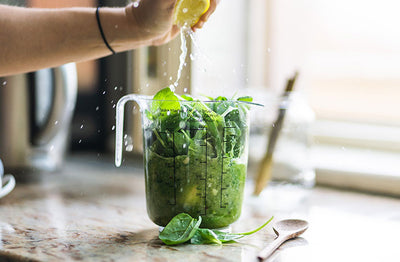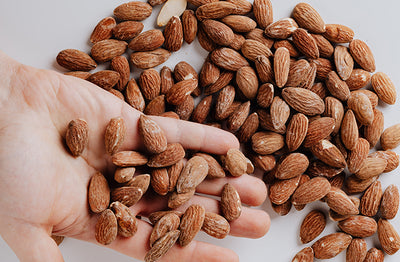Lactose intolerance has been around for a long time, and there are a lot of people who suffer from it. Whether you’re slightly discomforted or emitting more gas than a jet airliner, you might benefit from lowering the amount of lactose in your diet.
What is it?
Lactose is a sugar found in milk products, such as milk, yoghurt, cheese, ice cream and butter. Our bodies process it with an enzyme called lactase, which breaks lactose down into sugars that you can use for energy.
Some people do not produce enough lactase to break down the lactose they ingest, so the leftover lactose just sort of hangs around and picks up water. The effects can range from uncomfortable bloating and embarrassing gassiness to diarrhea and abdominal pain.
How does it work?
Eating lactose free works by avoiding the foods that are high in lactose.
That’s all milk and milk derived foods, or foods they are used in. If a cake is made with milk or butter, it’s out. If a pizza has cheese on it, that’s out.
Some people can have small amounts of lactose without any bad effects, while others will be running for the nearest toilet if they have milk in their coffee. To understand your tolerance, remove all milk products for a few weeks, then reintroduce them slowly. Once the uncomfortable feelings return, you’re at your limit.
To cut down on your lactose, consider switching to alternatives,
lactose free protein powder or lactose free UHT and
soy protein or nut milks, yoghurts and ice creams. Ideally, these should also be calcium enriched, It is best if these foods are calcium enriched, but not vital if you’re getting enough calcium from the rest of your diet.
Why would I want it?
About three quarters of the world is lactose intolerant. Technically, being able to handle lactose is abnormal, and might even be a mutation.
Usually, you’ll lose most of your ability to process lactose once you stop being breastfed, but in some cases you might be producing lactase for a lot longer. For everyone else though, avoiding lactose can be a good option for feeling a bit healthier (and avoiding embarrassing flatulence. Even farts stop being funny after a while).
Who is it best for?
While a lot of people may be lactose intolerant, few are completely unable to process lactose. As a result, it’s usually recommended that a person who feels they may be intolerant spend some time to gauge their actual lactose tolerance levels when formulating a diet.
What are the side effects of removing lactose?
Removing lactose from your diet can mean you miss out on dairy forms of amino acids and calcium. It’s usually fine, as long as you get other sources of these nutrients in your diet.

How does lactose affect women?
Many women watch how much dairy they consume, but keep in mind that many women also have low calcium levels. As long as you’re getting your calcium from somewhere else like
meal replacements, (such as beans, figs or almonds) your diet should be just fine. As always, listen to your body.
Conclusion:
So if you feel like you may be slightly uncomfortable with dairy, rest assured, you’re not alone. Many people have the same problem, but it is generally very easy to find that are low-lactose alternatives that will allow you to enjoy the meal, but avoid the discomfort and you can even find calcium from you everyday multivitamins.
Read More:
















